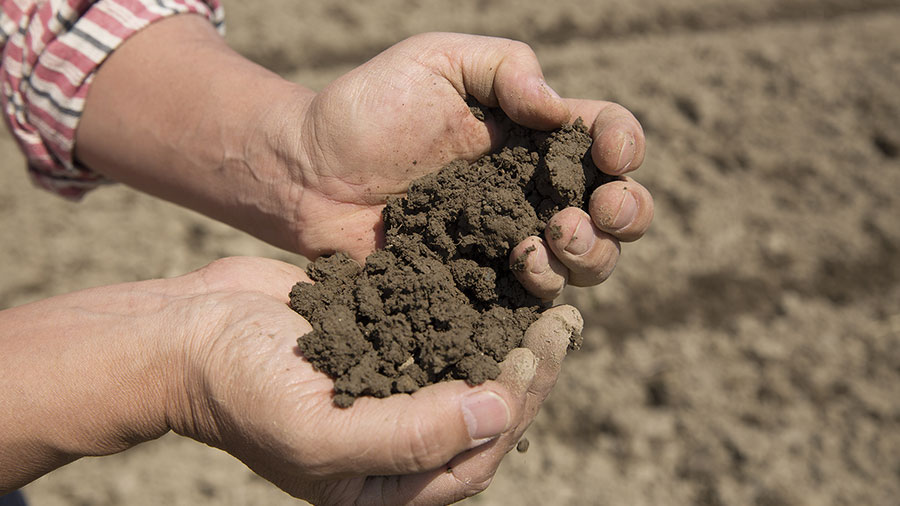
Latest
News
Plans for 2021 – beyond BioAg break
After harvest is the time for growers to reassess plans that were set almost a year prior. Driven by an early-season start and regular ‘La-Nina’ spring rainfall many growers have had average or above-average harvests in 2020.
Discussing outcomes on-farm with BioAg clients, fields under a BioAg Program handled early-season ‘random’ events better than other fields.
A review of BioAg trials and demonstrations in spring; of lupins used as a break crop and cereal cash crops, exhibited 33% more DM root mass, but also 33% more shoot DM growth in treated versus untreated crops. This highlights the benefit of better soils developed through assessment of soil tests and planned applications of ameliorants, fertilisers, and biostimulants.
While external factors such as commodity prices and the weather will always impact your returns, building robust soils with improved nutritional balance that supports soil biology will deliver healthier soils, better able to produce high quality and higher yielding forage, fibre cereals, or grains.
Where does this all start? Well, with the 2020 harvest complete now is the time to start planning your BioAg program for 2021.
Contact your BioAg representative or merchant agronomist, review your current plans, look at options to incrementally incorporate changes in practice or applications. BioAg Growers build their soils year on year targeting continual improvement rather than a short-term fix.
Key 2020–2021 planning milestones for BioAg growers
- Review all fields showing yield variation. Highlight problem areas or GPS mark them for future referencing for soil or tissue tests.
- Consult with BioAg on your Soil Testing Strategy analysing problem areas and paddocks coming into rotation.
- Assess field conditions and rotations and the timing of break-crops.
- After getting your soil test results talk to your BioAg representative about soil ameliorant and long-term
capital P applications and how they fit into your plans. - Establish your cropping plans for 2021, with contingencies for rain and water allocations.


Recent Comments